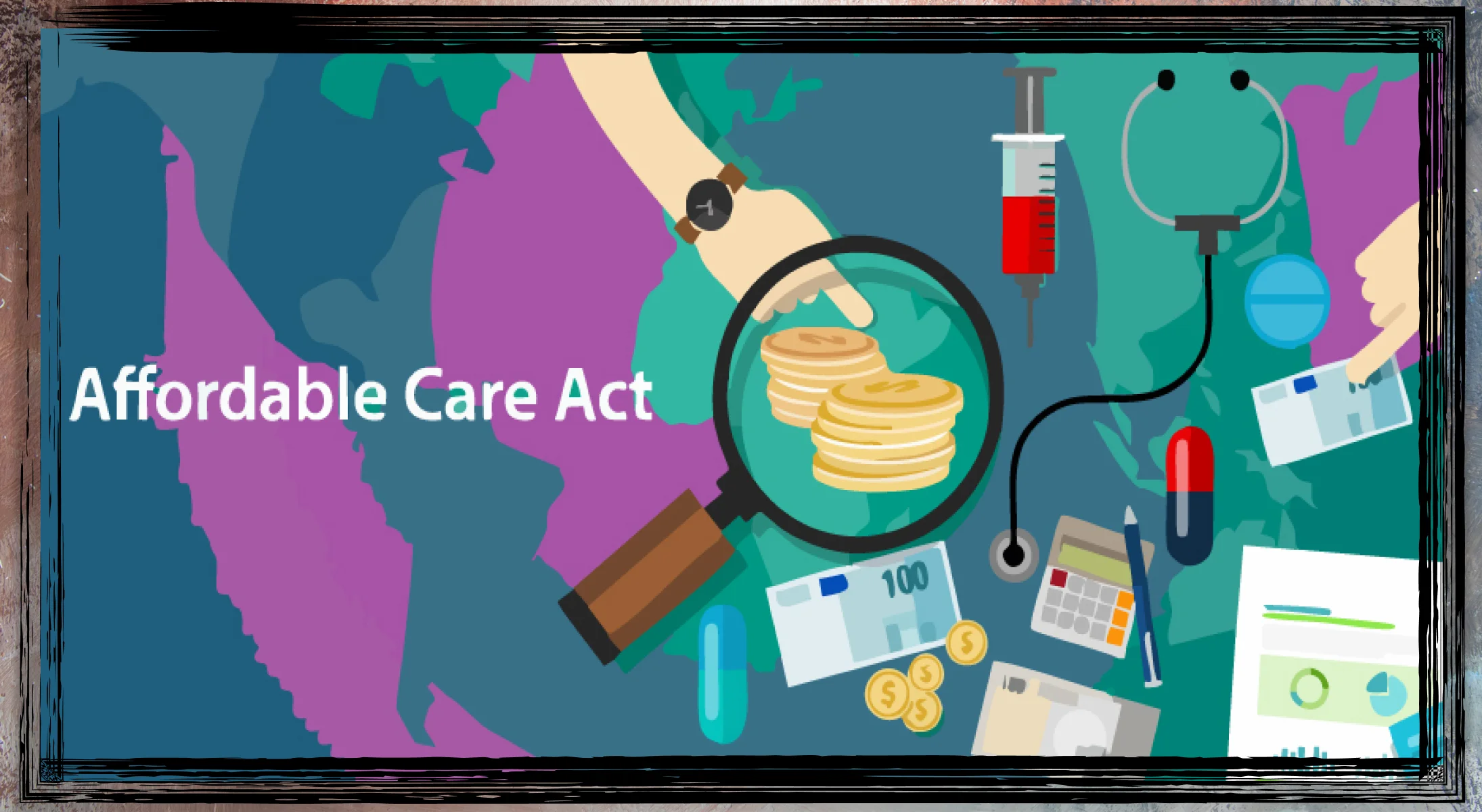
What Is Medical Billing? A Complete Guide for Healthcare Professionals
By Billmate
Oct. 22, 2025, 5:20 a.m.
Introduction

Every time a patient visits a doctor, clinic, or hospital, a complex process begins behind the scenes to ensure that the provider is properly reimbursed. This process is known as medical billing. It transforms healthcare services into claims submitted to insurance companies for payment. While it sounds straightforward, medical billing is a detailed and highly regulated process that demands precision, compliance, and updated knowledge of healthcare laws, insurance policies, and coding systems. For clinics, physicians, and healthcare organizations, efficient medical billing means faster payments, fewer claim denials, and steady revenue flow.
This article breaks down what medical billing is, how it works, and why outsourcing it to professionals can dramatically improve financial performance and patient satisfaction.
What Is Medical Billing?

Medical billing is the process of translating healthcare services, such as consultations, lab tests, procedures, or hospital stays, into standardized claims that insurance companies or patients pay. It bridges the gap between healthcare providers, patients, and payers (insurance companies or government programs like Medicare and Medicaid).
In simple terms:
“Medical billing ensures that healthcare providers get paid accurately and on time for the care they deliver.”
The Role of Medical Billing in the Healthcare System

Medical billing is about revenue cycle management (RCM), ensuring financial sustainability for healthcare organizations.
Here’s why it matters:
-
Guarantees provider reimbursement: Accurate billing ensures doctors and hospitals receive fair payment.
-
Improves patient satisfaction: Clear, accurate bills build patient trust.
-
Ensures compliance: Prevents penalties under HIPAA, CMS, and payer guidelines.
-
Supports healthcare analytics: Billing data helps providers assess efficiency and cost-effectiveness.
According to the Centers for Medicare & Medicaid Services (CMS), U.S. healthcare spending reached $4.5 trillion in 2022, and a significant portion of those payments flows through billing systems that rely on accurate coding and documentation. (Source: CMS.gov)
The Medical Billing Process: Step-by-Step

Step 1: Patient Registration
The process starts when a patient schedules an appointment. Basic information such as name, date of birth, address, and insurance details is collected and verified.
Step 2: Insurance Verification
Billing teams confirm insurance eligibility and coverage, including deductibles, co-pays, and out-of-pocket costs.
Step 3: Medical Coding
Medical coders translate clinical documentation into standardized codes using:
-
ICD-10 codes (diagnoses)
-
CPT/HCPCS codes (procedures and services)
Accurate coding ensures that claims reflect what was actually done and why.
Step 4: Charge Entry
All coded procedures are entered into the billing software with corresponding charges.
Step 5: Claim Submission
The claim, now complete with patient, provider, and service details, is sent electronically to the insurance payer for review.
Step 6: Adjudication
The insurance company reviews the claim, verifies coverage, and determines payment based on policy rules.
Step 7: Payment Posting
Once approved, the payer sends the payment (or denial). Payments are posted in the provider’s system, and any remaining balance is billed to the patient.
Step 8: Denial Management and Appeals
If a claim is denied, the billing team investigates, corrects errors, and resubmits. This step is critical to prevent revenue leakage.
Step 9: Patient Billing
After insurance pays its portion, patients receive a bill for their share of the costs. Transparent, easy-to-understand bills help reduce disputes and improve trust.
Step 10: Reporting and Analytics
Billing data is analyzed to identify trends, track performance, and improve future billing efficiency.
Types of Medical Billing Systems
-
Professional Billing
Used in physician offices and outpatient clinics for individual practitioners.
-
Institutional Billing
Used in hospitals, nursing facilities, and inpatient centers for facility-level billing.
-
Outsourced Medical Billing
Many healthcare providers now outsource their billing to expert firms like BillMate
to improve accuracy and efficiency.
Common Challenges in Medical Billing

Despite advancements in technology, medical billing faces several persistent challenges:
-
Claim denials and rejections: Often caused by incorrect patient data or coding errors.
-
Complex payer rules: Each insurance company has unique submission and reimbursement policies.
-
Regulatory changes: CMS and HIPAA updates require continuous adaptation.
-
Delayed payments: Incomplete or incorrect claims can extend A/R cycles.
-
Lack of trained staff: Skilled billers and coders are in short supply across the U.S.
According to the American Medical Association (AMA), nearly 10% of medical claims are initially denied, costing healthcare providers billions annually.
The Importance of Accurate Medical Billing
-
Financial Stability: Billing errors can delay or reduce reimbursements. Accuracy ensures consistent cash flow.
-
Compliance & Legal Protection: Correct coding and billing prevent penalties under federal laws like HIPAA and the False Claims Act.
-
Patient Trust: Transparent billing fosters positive relationships with patients and boosts satisfaction.
-
Efficiency in Operations: Automated billing reduces administrative burden and allows clinicians to focus on care.
The Role of Technology in Modern Medical Billing

Automation & AI Integration
Modern billing software uses AI-driven claim scrubbing, which detects missing data or coding mismatches before submission.
EHR Integration
Integration between Electronic Health Records (EHR) and billing systems streamlines data sharing and reduces manual entry errors.
Cloud-Based Billing Systems
Cloud technology enhances data security, accessibility, and compliance, especially for remote billing teams.
Predictive Analytics
AI tools can now forecast denial risk and suggest corrections before claim submission.
Why Many Providers Outsource Medical Billing
Healthcare organizations increasingly rely on professional billing partners to handle their revenue cycles.
Key Benefits of Outsourcing
Expertise: Certified billers stay up to date with ICD, CPT, and CMS rules.
Cost efficiency: Eliminates the need for in-house staff and software.
Faster reimbursements: Automated systems ensure quicker claim turnaround.
Focus on patient care: Frees providers from administrative load.
For example, BillMate helps U.S. healthcare providers streamline their entire revenue cycle, reduce denials, and ensure compliance, improving financial outcomes without compromising care quality.
Learn more at BillMate Services
Future of Medical Billing in the U.S.

Automation and AI-Driven Billing: AI will continue to reduce manual errors and improve claim accuracy.
Real-Time Eligibility Verification: Instant insurance validation at the time of appointment will further minimize denials.
Value-Based Care Models: Billing will align more closely with patient outcomes rather than service volume.
Data-Driven Decision-Making: Advanced analytics will guide pricing, coding, and reimbursement strategies.
According to PubMed research, automation could reduce billing-related administrative costs by up to 30% in the next five years.
Conclusion
Medical billing is the financial heartbeat of the U.S. healthcare system. It connects patient care to payment, ensuring providers are reimbursed fairly and efficiently. As healthcare evolves, the complexity of billing grows, making accuracy, compliance, and technology adoption more crucial than ever. Whether you’re a physician, clinic owner, or hospital administrator, partnering with a reliable billing company like BillMate can help you:
-
Eliminate claim denials
-
Ensure HIPAA compliance
-
Optimize your revenue cycle
Schedule Your Free Consultation Today with BillMate
Experience faster reimbursements, fewer denials, and complete financial clarity.
What To Read Next

By Billmate | October 23, 2025
Doctors Sound the Alarm About Insurance Downcoding: How It’s Impacting Medical Billing & Clinic Rev…
Learn how insurance downcoding is reducing reimbursements and affecting medical billing accuracy in…

By Billmate | October 22, 2025
What Is Medical Billing? A Complete Guide for Healthcare Professionals
Learn what medical billing is, how it works, and why it’s essential for healthcare revenue. Discove…

By Billmate | October 21, 2025
Top ICD-10 Coding Updates 2025: How U.S. Medical Billers Can Avoid Costly Claim Denials
Learn the top ICD-10 coding updates for 2025. Understand new U.S. ICD codes, avoid ICD errors, and …

By Billmate | October 15, 2025
New York’s Bold Move: How Medical Debt Reforms Cut Hospital Lawsuits by 99.9%
Discover how New York’s new medical debt laws transformed healthcare billing, slashing lawsuits by …

By Billmate | October 09, 2025
What Is the ACA (Affordable Care Act): A Complete Guide for Doctors
Affordable Care Act (ACA) Guide 2025 for Doctors | Stay Compliant & Profitable
Join our team to be a part
of our story
Learn more about our career, education and
posting jobs, and
submit simple application.